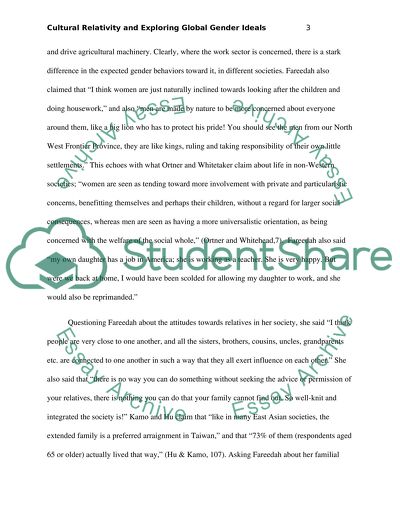Cite this document
(“Cultural Relativity and Exploring Global Gender Ideals Essay”, n.d.)
Cultural Relativity and Exploring Global Gender Ideals Essay. Retrieved from https://studentshare.org/gender-sexual-studies/1480389-cultural-relativity-and-exploring-global-gender
Cultural Relativity and Exploring Global Gender Ideals Essay. Retrieved from https://studentshare.org/gender-sexual-studies/1480389-cultural-relativity-and-exploring-global-gender
(Cultural Relativity and Exploring Global Gender Ideals Essay)
Cultural Relativity and Exploring Global Gender Ideals Essay. https://studentshare.org/gender-sexual-studies/1480389-cultural-relativity-and-exploring-global-gender.
Cultural Relativity and Exploring Global Gender Ideals Essay. https://studentshare.org/gender-sexual-studies/1480389-cultural-relativity-and-exploring-global-gender.
“Cultural Relativity and Exploring Global Gender Ideals Essay”, n.d. https://studentshare.org/gender-sexual-studies/1480389-cultural-relativity-and-exploring-global-gender.


